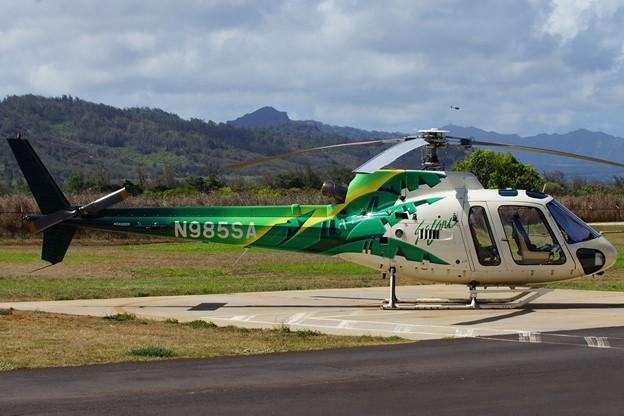
Credit: Tomas Milosch
The pilot’s decision to continue flying under visual flight rules into deteriorating weather conditions caused the December 2019 fatal crash of a Safari Aviation sightseeing helicopter in Hawaii, the NTSB said May 10 in a probable cause finding that faults the FAA for poor leadership and oversight...
Subscription Required
This content requires a subscription to one of the Aviation Week Intelligence Network (AWIN) bundles.
Schedule a demo today to find out how you can access this content and similar content related to your area of the global aviation industry.
Already an AWIN subscriber? Login
Did you know? Aviation Week has won top honors multiple times in the Jesse H. Neal National Business Journalism Awards, the business-to-business media equivalent of the Pulitzer Prizes.





